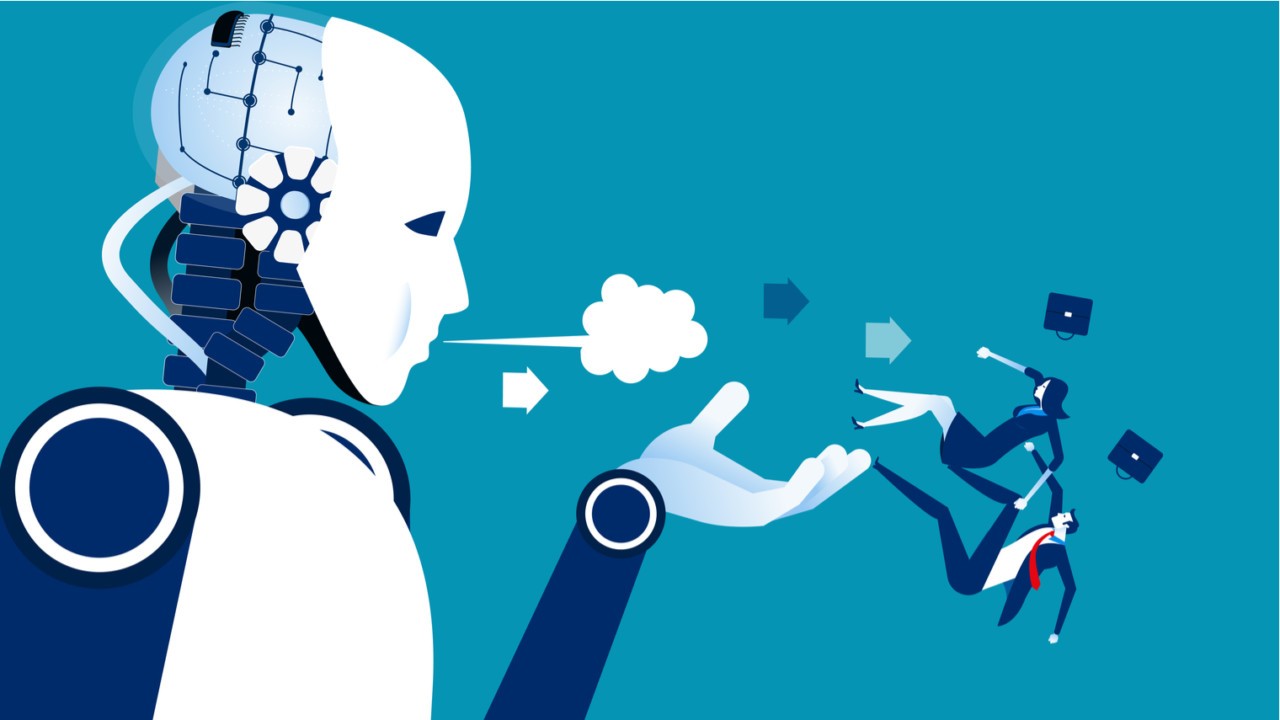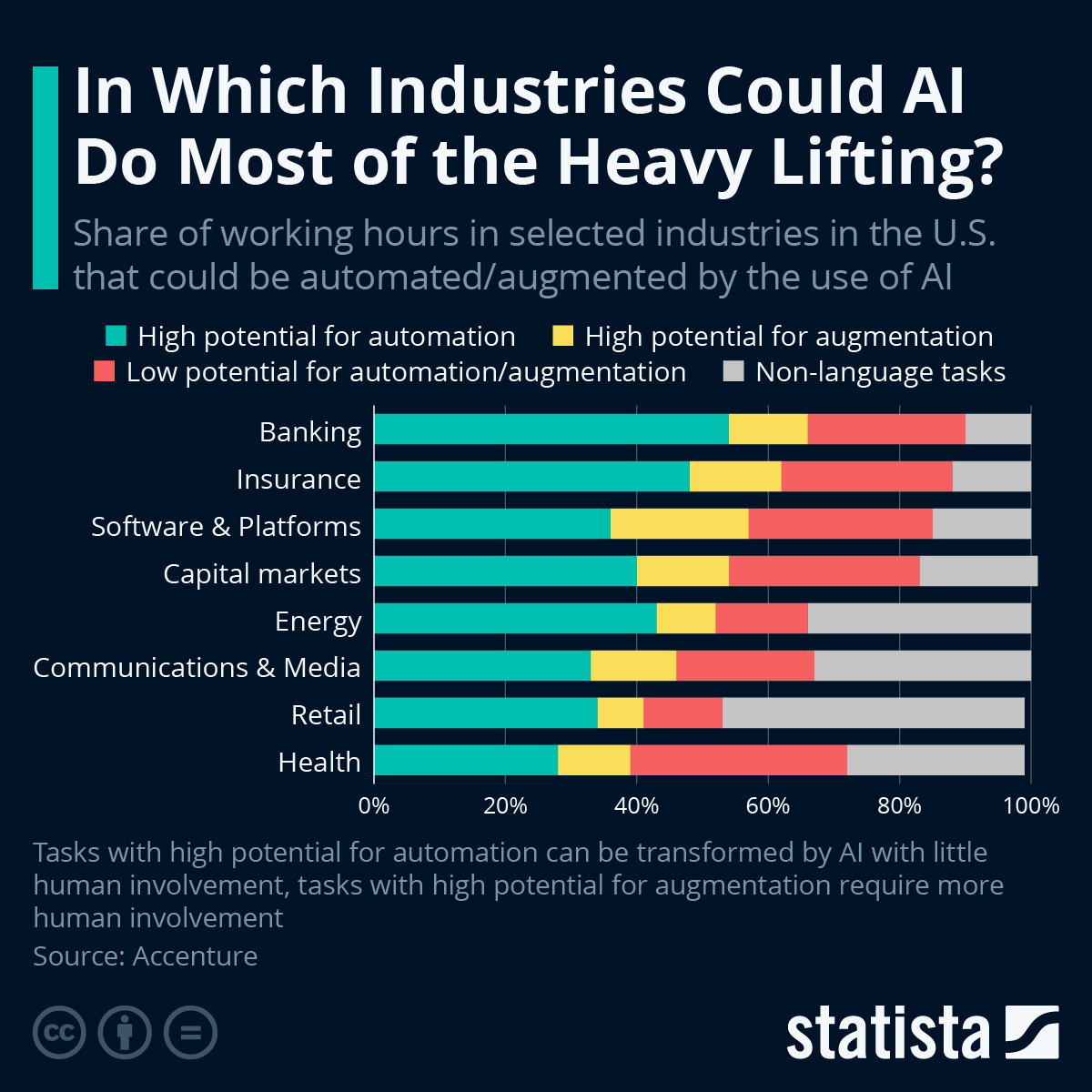 The rapid advance of technology and its impact on skilled and unskilled workers has hovered over the American landscape since the 2016 presidential election. For instance, the move to sustainable energies has displaced coal workers and changed the face of Appalachia.
The rapid advance of technology and its impact on skilled and unskilled workers has hovered over the American landscape since the 2016 presidential election. For instance, the move to sustainable energies has displaced coal workers and changed the face of Appalachia.
The economic transition has disheartened many, allowing political opportunists to exploit the frustration. However, our leaders should encourage workers to adapt to markets — to build solar panels, wind turbines, and electric batteries. And now, Artificial Intelligence (AI) will hasten the changes, affecting every industry and every employee — especially those working in energy.
“One of our big challenges has always been workforce development and how to train the next generation of workers,” says Robert Austin, senior manager of EPRI — the research and development arm for utilities. “AI offers a real opportunity to learn new skills,” but we must “ease this transition.”
The United States Energy Association held a virtual press conference last week on AI in which Austin appeared, and I was among the journalists asking questions.
AI eliminates routine tasks so those running heavy industrial operations can solve problems and improve performance, which translates into healthier bottom lines. Energy companies can, therefore, gather data and test millions of outcomes before making a final judgment. Humans have limits.
For example, power plant and grid managers will have the tools to balance supply and demand and predict weather patterns, allowing them to accurately measure when wind and solar resources will be available.
According to McKinsey & Company, AI and digitization can increase asset productivity by up to 20% while reducing maintenance costs by 10%. The impact on the economy? PwC puts that at $15.7 trillion by 2030. China and North America will benefit the most, seeing their gross domestic products rise by double-digits in some communities. AI affects product enhancements, which stimulate demand and potential growth.
“AI lets us simulate a significant number of options and make recommendations for the best course of action,” says Marc Spieler, senior managing director for Nvidia. “You will always have humans in the loop orchestrating decisions. We will make better decisions using AI.”
The federal government granted $50 million to Portland General Electic, which leads a consortium with Utilidata and NVIDIANVDA -2%DIA +0.1% to improve grid reliability. The consortium uses AI, integrating distributed energy resources such as solar energy, battery storage, and electric vehicles. The aim is to handle greater electricity demand and protect against freezing temperatures and wildfires.
The digital divide may widen. In the 1990s, I wrote about how the affluent had access to computers and the internet while disadvantaged communities did not. Today, the students focusing on science, technology, engineering, and mathematics have the upper hand — the critical knowledge supporting AI. They can afford tomorrow’s products, but what about everyone else?
If AI increases productivity, companies can increase profits. They can hire workers to help them meet demand. But those jobs will require more skills. While the technology will render some duties obsolete, it opens the door to many others. Workers must, therefore, stay on the cutting edge. For example, businesses are starting to hire chief AI officers.
“In the short term, we’re going to see people utilizing artificial intelligence, replacing other people”—especially where repetitive tasks are involved, says David Derigiotis, chief insurance officer at Embroker Inc. “People must re-tool and up-level their knowledge. AI will change things. The implementation of technology has always had some ripple effect.”

Undoubtedly, the world’s most advanced economies will deploy AI tools. But will emerging countries have the same access? Consider the quest to hit net-zero targets, which requires money and technology: Carbon finance is probably the biggest hurdle to success—money that would go into the latest and greatest technologies that cut emissions and improve processes.
Clinton Vince, head of Dentons’ U.S. Energy Practice, said that the digital divide between developed and developing nations is “very, very real.” Take Sub-Saharan Africa: It is trying to electrify, and AI could help it place wind and solar farms and give its economies more momentum if it can overcome the barriers to entry.
The concern, of course, is that AI will worsen inequality — not just among workers but also among countries. Change is occurring at a more rapid rate than ever before. People can either choose to keep up or deny reality. Responsible leaders will explain that economic advancement is continuous and inevitable. Indeed, America was once an agricultural economy, and today, the digital age dominates — an era pushing us harder than ever before.
Source: FORBES
